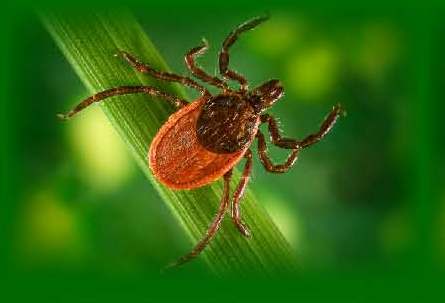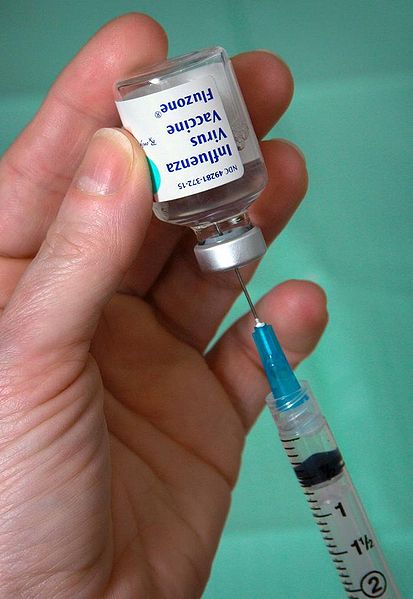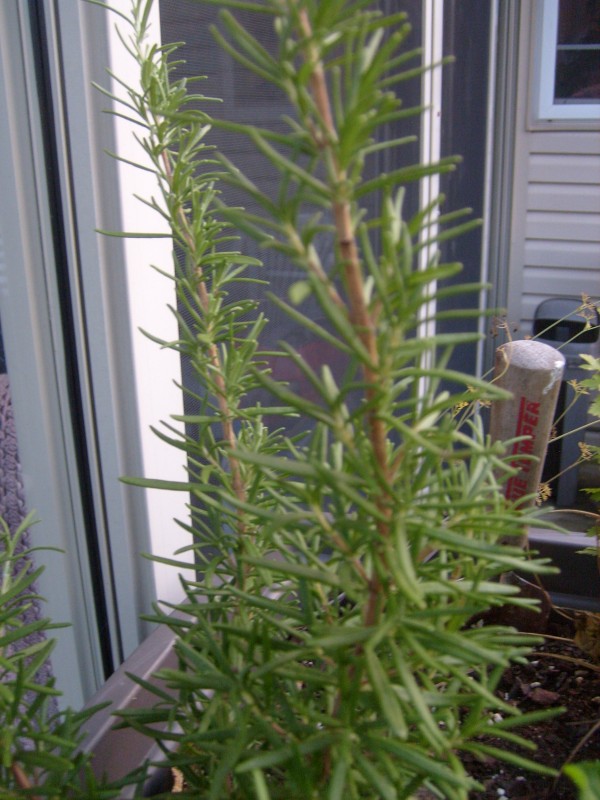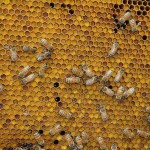Don’t Pick up a Tick Hitchhiker this Summer
Spring and early summer are times of year when the ticks that transmit Lyme disease tend to be most active. Health officials are reminding people to be vigilant when they’re outdoors.
Dr. Stephen Ostroff, acting Pennsylvania Physician General, Pennsylvania Department of Health, says the deer tick is tiny, and people may not notice it right away. He says in order for the infection to be transmitted, the tick has to be attached for at least 24 hours. Dr. Ostroff says that’s why it’s important to do a tick check after you’ve been outdoors. He says taking a shower or bath can also help reduce the likelihood of exposure to Lyme disease, because the soap and water may wash the ticks off before they can attach.
While hiking and camping can put you at risk for contact with the deer tick, Dr. Ostroff says most Lyme disease tends to occur in the areas around people’s homes, especially those that abut forest locations.
Dr. Ostroff says it’s best to wear long sleeves and long pants whenever possible, avoid areas with high grass and brush and use a repellent. Some studies indicate light-colored clothing does not attract the ticks as much as darker clothing.
Dr. Ostroff says 90% of all of the Lyme disease in this country occurs along the Eastern Seaboard, especially in Eastern Pennsylvania. He says Pennsylvania is one of the high incidence Lyme disease locations in the United States.
Symptoms of Lyme disease most often include a bulls-eye rash. However, some people may not detect the rash or in some cases it may not be present. Dr. Ostroff says anyone who develops such a rash, or develops unexplained symptoms of fever, fatigue, muscle aches and joint pain, should contact their doctor and indicate they may have been in an area where ticks are located.
Untreated, Lyme disease can lead to arthritis, heart and neurological problems.
May is Lyme disease Awareness Month. The Centers for Disease Control and Prevention says Lyme disease is the most commonly reported tick borne illness in the United States.










